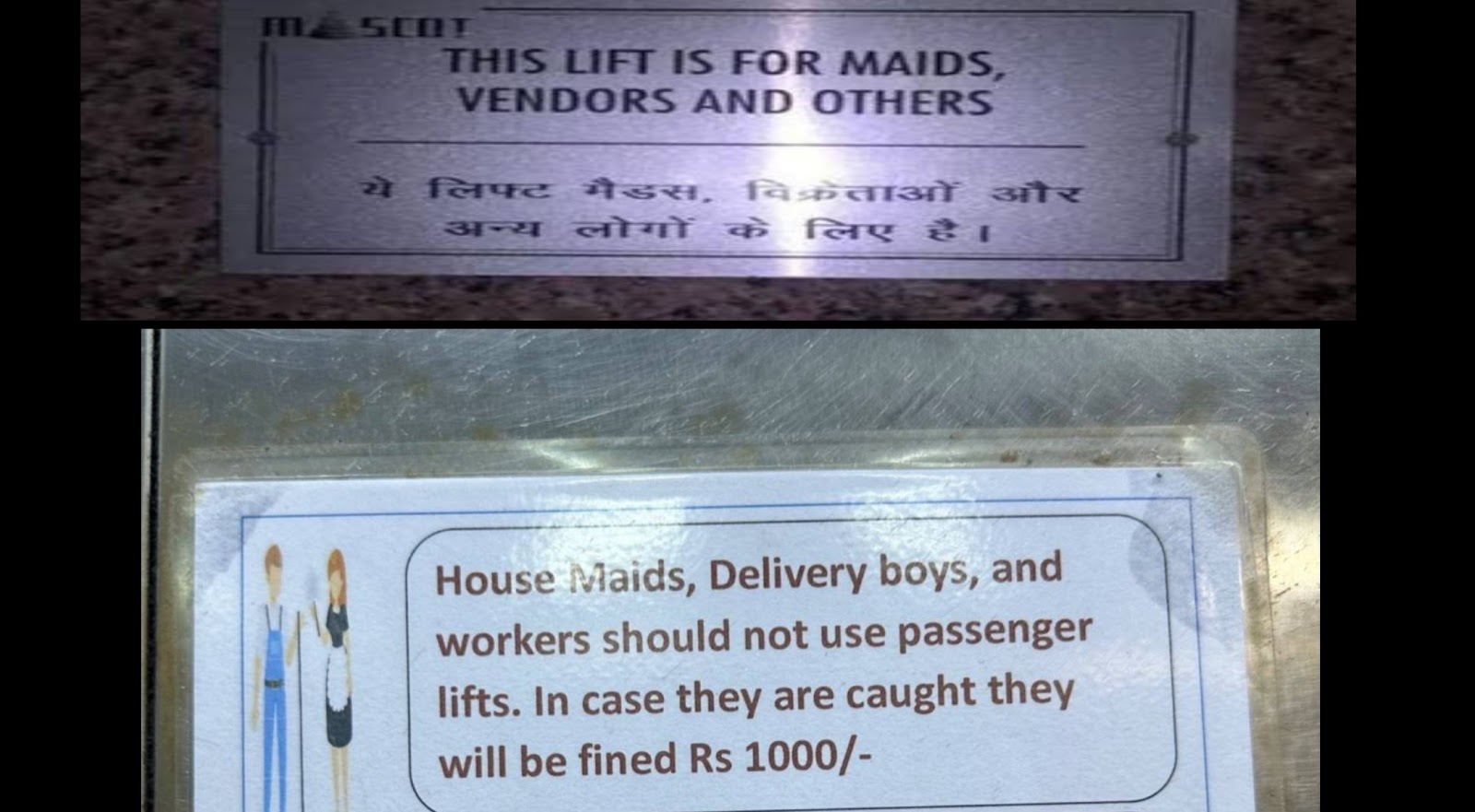Conflict perspectives - restrictions may be viewed as a reflection of power dynamics within the community. It reinforce social inequality and perpetuates a system where the privileged maintain their social status.
Structural functionalist perspectives - this restriction could be justified as a way to maintain order and differentiate roles within the community and it uphold community norms.
Symbolic interactionism perspectives - this restriction defines who is considered a legitimate user of the elevator and who is not.
Durkhiem anomie - such restrictions contribute to a sense of normlessness by creating arbitrary rules, - leads to social tension and breakdown in community cohesion.
Social exclusion and social capital - marginalization of certain groups and limit their access to shared spaces.
Feminist views - this practice reflects and perpetuates gender based inequalities - gendered division of labor - stigmatization of domestic works - challenges to women mobility - impacting women autonomy.
Occupational discrimination - leads marginalisation and stigmatisation of individuals based on their job roles. impacting social perceptions.
Social stratification - such rules maintanence of social hierarchies, reinforcing divisions between different occupational groups.
Impact of social networks and normalisation of exclusion - creating social divisions or reinforcing in-group/out-group dynamics.
Implicit bias and stereotyping - how societal behaviour and stereotypes lead to implicit biases.
Power dynamics - how power is distributed and exercised within the community.
Resistance and social movements - this restrictions might spark social movements advocating for fair treatment.
Socialization of children - it may influence the socialization of children within the community, shaping thier attitudes towards service workers.



